Physical Address
304 North Cardinal St.
Dorchester Center, MA 02124
Physical Address
304 North Cardinal St.
Dorchester Center, MA 02124
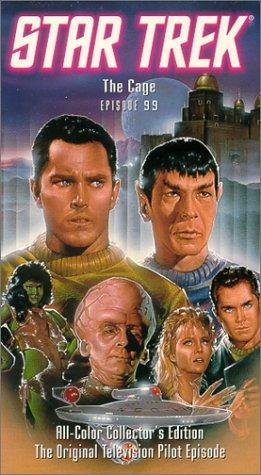
The Cage stands as a fascinating piece of television history, serving as the original pilot episode for Star Trek. Filmed in 1964, this episode introduced viewers to a very different Enterprise crew, led by Captain Christopher Pike. Although The Cage never aired during the show’s initial run, its story, cast, and unique vision have intrigued fans for decades. In this article, we’ll explore the full episode, examine the talented cast, and discuss how to watch this legendary pilot. We’ll also uncover why it was not originally broadcast, delve into its relation to Star Trek’s second pilot, and review its lasting legacy.
The Cage, the original pilot episode of Star Trek, introduces us to Captain Christopher Pike and the USS Enterprise crew as they investigate a mysterious distress signal from a distant planet. Unlike the later, more action-packed episodes, The Cage is a slow, thoughtful story centered on Pike’s internal struggle with self-doubt and the alien Talosians, who possess powerful telepathic abilities. These aliens trap Pike in elaborate illusions, hoping to use him and others as breeding stock to save their dying planet. The episode explores deep themes about reality, captivity, and the nature of evil, with the Talosians believing their actions are scientific and even benevolent rather than cruel.
What makes The Cage especially interesting is that it was initially rejected by NBC in 1965, leading to a second pilot. However, much of its footage was later reused in the two-part episode “The Menagerie.” It also introduced Mr. Spock, played by Leonard Nimoy, who became a series mainstay. The episode’s tone is darker and more introspective than the later series, with Pike portrayed as a complex, almost tortured hero facing profound moral choices. Despite its initial rejection, The Cage remains a fascinating glimpse into the origins of the Star Trek universe.

The Cage is the original pilot episode of Star Trek, completed in 1965 but not aired on TV until 1988. It features Captain Christopher Pike commanding the USS Enterprise, with Leonard Nimoy as a younger, less seasoned Mr. Spock. The story follows the crew investigating a distress signal from the planet Talos IV, where they encounter telepathic aliens called the Talosians. These aliens hold Pike captive, hoping to use him to repopulate their species by pairing him with Vina, the sole human survivor of a previous shipwreck. The Talosians create powerful illusions to trap Pike, but ultimately decide humans cannot live in captivity, so they release him while Vina remains behind. Although NBC rejected this pilot, much of its footage was later reused in the two-part episode “The Menagerie.” The Cage is notable for its serious tone, early exploration of Star Trek’s themes of exploration and freedom, and for introducing key characters and concepts that shaped the series. It also featured Majel Barrett as Number One, a strong female officer, which was ahead of its time. Fans appreciate The Cage for its unique place in Star Trek history and its thoughtful storytelling.

The pilot episode of Star Trek: The Original Series, titled The Cage, featured a cast quite different from the later, more familiar crew. At the center was Jeffrey Hunter as Captain Christopher Pike, the original captain of the USS Enterprise. Hunter brought a serious, somewhat brooding presence to the role, portraying Pike as a thoughtful leader wrestling with the heavy burdens of command. Leonard Nimoy appeared as Mr. Spock, a character who would become iconic in the franchise, while Majel Barrett played Number One, Pike’s capable and authoritative first officer—a role notable for its early depiction of a strong female officer in sci-fi. Susan Oliver portrayed Vina, a mysterious woman tied to the planet Talos IV’s illusions, and John Hoyt rounded out the main cast as Dr. Philip Boyce, the ship’s doctor.
Despite the strong performances, Jeffrey Hunter chose not to continue with the series after the pilot, preferring to focus on his film career. This led to the introduction of William Shatner as Captain James T. Kirk in the subsequent pilot and the eventual series. The Cage remains a fascinating glimpse into the early vision of Star Trek, with a unique cast that set the stage for the legendary crew that followed.

If you’re curious about the very beginning of Star Trek, “The Cage” is the original pilot episode that started it all. Made in 1964 and completed in early 1965, it features Captain Christopher Pike commanding the USS Enterprise on a mission to explore the mysterious planet Talos IV. The crew encounters the Talosians, a telepathic alien race who capture Pike to use him in their strange menagerie, hoping to create illusions and manipulate him for their own purposes. This episode is notable for introducing Mr. Spock, played by Leonard Nimoy, though his character is a bit different from the one fans later came to know.
Though NBC rejected “The Cage” as the series pilot, much of its footage was cleverly reused in the two-part episode “The Menagerie.” The episode was eventually released to the public in the 1980s, both on VHS and later on television in full color. It stands out for its serious tone, early exploration themes, and the presence of strong female characters like Number One, played by Majel Barrett. Watching it today offers a fascinating glimpse into the origins of Star Trek and the vision Gene Roddenberry had for the series.

The Cage is the very first pilot episode of Star Trek: The Original Series, completed in 1965. It introduces Captain Christopher Pike commanding the U.S.S. Enterprise, who responds to a mysterious distress call from the planet Talos IV. Pike and his landing party, including a young Spock, discover survivors from a lost ship, but soon realize these are illusions created by the telepathic Talosians, who want to trap Pike and use him to repopulate their dying civilization.
What makes The Cage stand out is its thoughtful exploration of captivity, illusion, and human resilience. The Talosians use powerful mental images to tempt Pike with visions of home and love, but Pike’s refusal to be caged highlights humanity’s deep need for freedom. The episode’s sets and effects feel simple by today’s standards, but the story’s core themes and moral questions remain compelling and true to the spirit of Star Trek.
Interestingly, The Cage also features strong female characters in influential roles, a progressive touch for its time. Though it was not originally aired as the series premiere, its story was later incorporated into the two-part episode “The Menagerie,” cementing its importance in Star Trek lore.
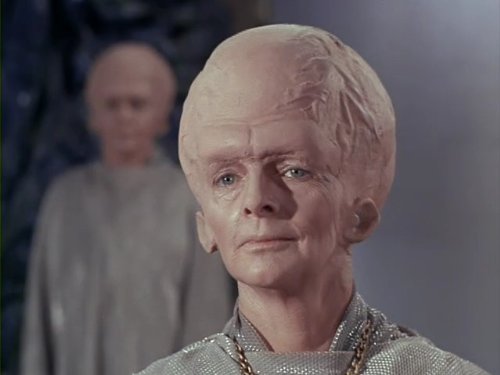
The Cage is the original pilot episode of Star Trek, completed in 1965 but initially rejected by NBC. It stars Captain Christopher Pike, played by Jeffrey Hunter, commanding the USS Enterprise on a mission to the mysterious planet Talos IV. The crew encounters the Talosians, telepathic aliens who capture Pike and try to keep him in an illusionary menagerie, hoping to breed a captive human race. This episode is notable for introducing Mr. Spock, portrayed by Leonard Nimoy, who was the only character retained in the later series in his original role.
Unlike the later Star Trek episodes, The Cage has a more serious and workmanlike tone, with a focus on exploration and the psychological dilemmas faced by Pike, who struggles with the burdens of command. The female characters, including Number One played by Majel Barrett, are portrayed with influence and authority, which was progressive for its time. Although NBC rejected this pilot, much of its footage was repurposed in the two-part episode “The Menagerie,” and The Cage itself was finally released to the public in the 1980s.
Overall, The Cage stands as a fascinating glimpse into the origins of Star Trek, showcasing early themes of exploration, freedom, and human resilience wrapped in a unique sci-fi story.
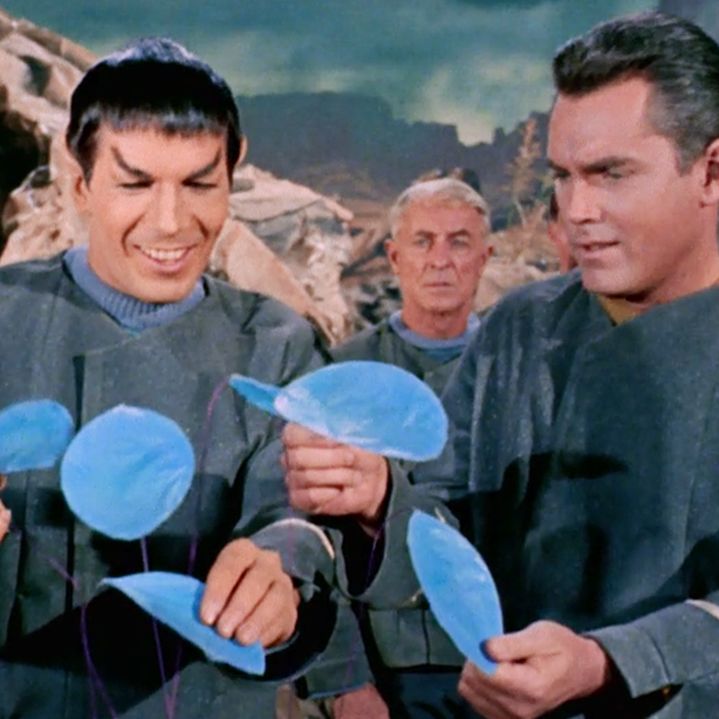
The original Star Trek pilot, titled The Cage, was not aired because NBC executives found it “too cerebral” and complicated for the average viewer. They felt the story required too much thought and might not appeal broadly, despite its rich ideas and unique characters. Additionally, the pilot was quite expensive to produce, which made the network hesitant. As a result, NBC rejected The Cage but, in an unusual move, ordered a second pilot with a more action-oriented approach and a recast crew, which eventually became the Star Trek series we know today. Interestingly, Lucille Ball, who co-owned Desilu Productions where Star Trek was filmed, played a crucial role in convincing NBC to give the show a second chance. Without her support and influence, Star Trek might never have made it to the screen. Although The Cage was never aired as the pilot, parts of it were later incorporated into the series, preserving its legacy within the Star Trek universe.
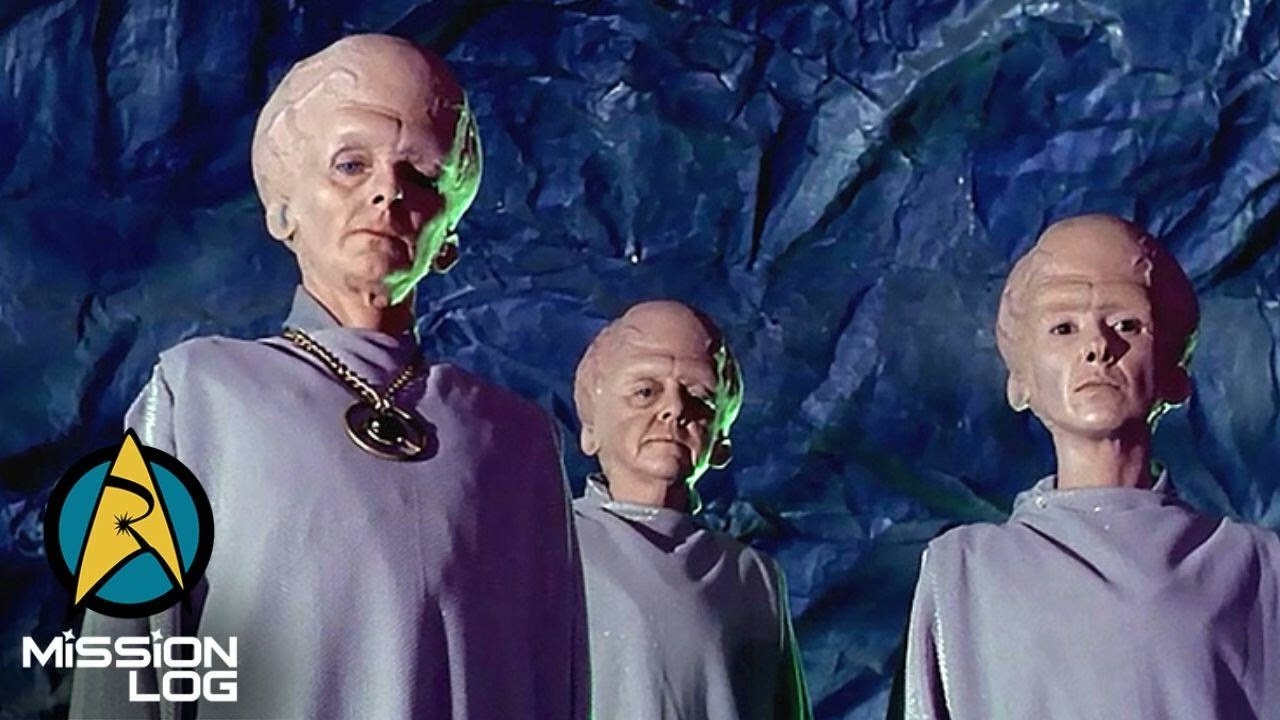
The second pilot of Star Trek, titled “Where No Man Has Gone Before,” played a crucial role in saving the series after the original pilot, The Cage, was rejected by NBC. This episode introduces Captain James T. Kirk, who replaces Captain Pike as the lead character, marking a significant shift in the show’s direction. The story follows the USS Enterprise as it attempts to cross the galaxy’s edge, encountering a mysterious energy barrier that grants two crew members extraordinary psychic powers. These powers quickly become dangerous, especially for helmsman Gary Mitchell, who grows increasingly godlike and hostile. The episode explores themes of power, human limits, and the unknown dangers of space exploration.
This pilot also helped establish many iconic elements of Star Trek, including the famous opening narration that begins with “Space, the final frontier.” The script, written by Samuel Anthony Peeples, was largely preserved from its first draft to the final filmed version, showing how tightly crafted it was. This episode set the tone for the series with its mix of adventure, moral questions, and character drama, ultimately securing Star Trek’s place in television history.
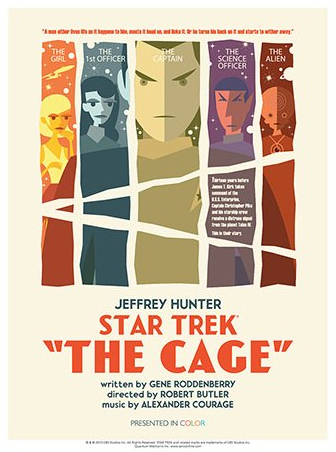
The original Star Trek pilot, titled “The Cage,” was produced in 1964 and introduced Captain Christopher Pike as the Enterprise’s commanding officer, a role later replaced by Captain Kirk in the series proper. This pilot stands out for its darker and more introspective tone, with Pike struggling with self-doubt after a tragic mission where some of his crew died. The story begins when the Enterprise responds to a mysterious distress signal, only to discover it’s a trap set by the alien Talosians, who use powerful illusions to capture Pike for their own purposes. The Talosians’ goal is to keep Pike as a mate for the last surviving human female on their planet, Vina, who suffers from severe injuries. Pike’s crew tries to rescue him, but the Talosians’ illusions make it difficult. Although the pilot wasn’t initially accepted for series launch, footage from it was later incorporated into a two-part episode called “The Menagerie.” The cast included Jeffrey Hunter as Pike, Leonard Nimoy as Spock, and Majel Barrett as Number One, making it a fascinating glimpse into the early vision of Star Trek before it became the iconic show we know today.
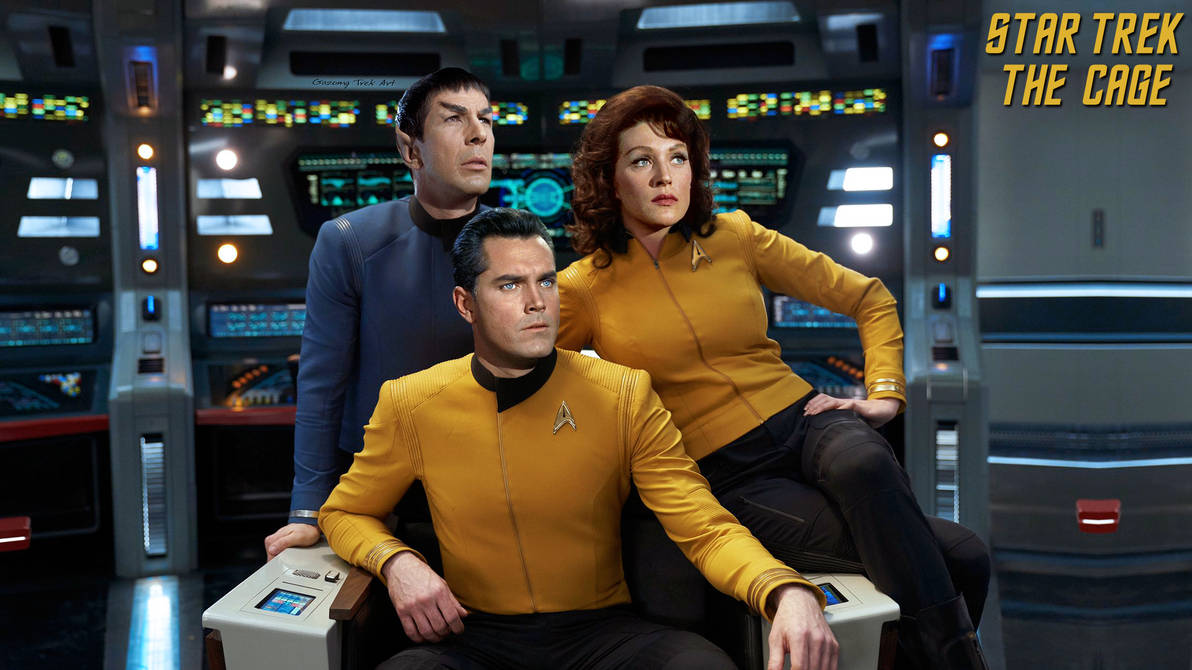
In conclusion, “The Cage,” the original pilot for Star Trek, stands as a fascinating glimpse into the potential of the iconic franchise that would follow. Although it was ultimately rejected for television, its innovative storytelling, complex characters, and exploration of philosophical themes laid the groundwork for what Star Trek would become. The dynamic between Captain Christopher Pike and the enigmatic Talosians introduced viewers to the series’ hallmark of moral dilemmas and the human experience. “The Cage” not only highlights the creative vision of its creators but also serves as a testament to the enduring legacy of Star Trek’s imaginative universe.